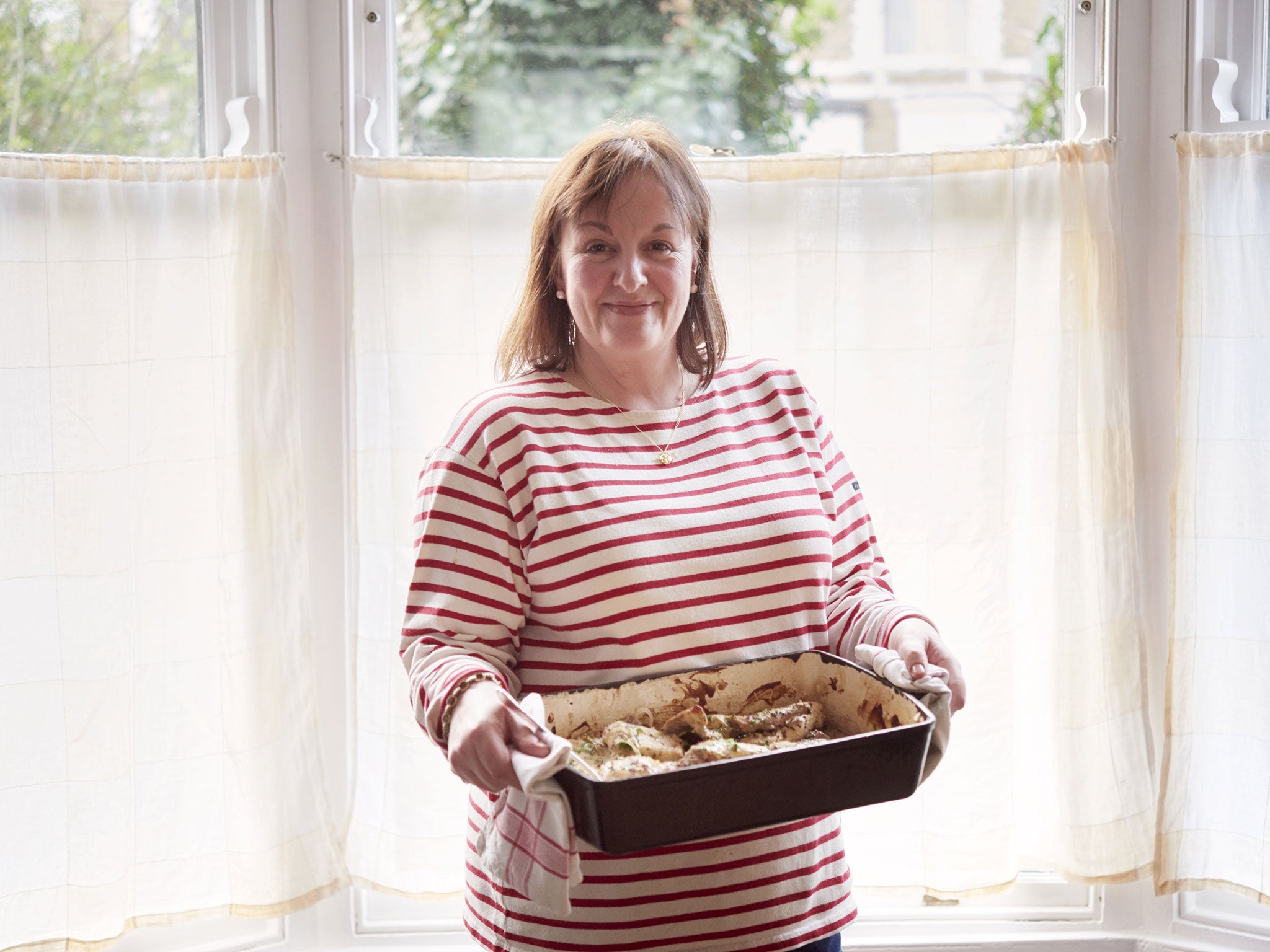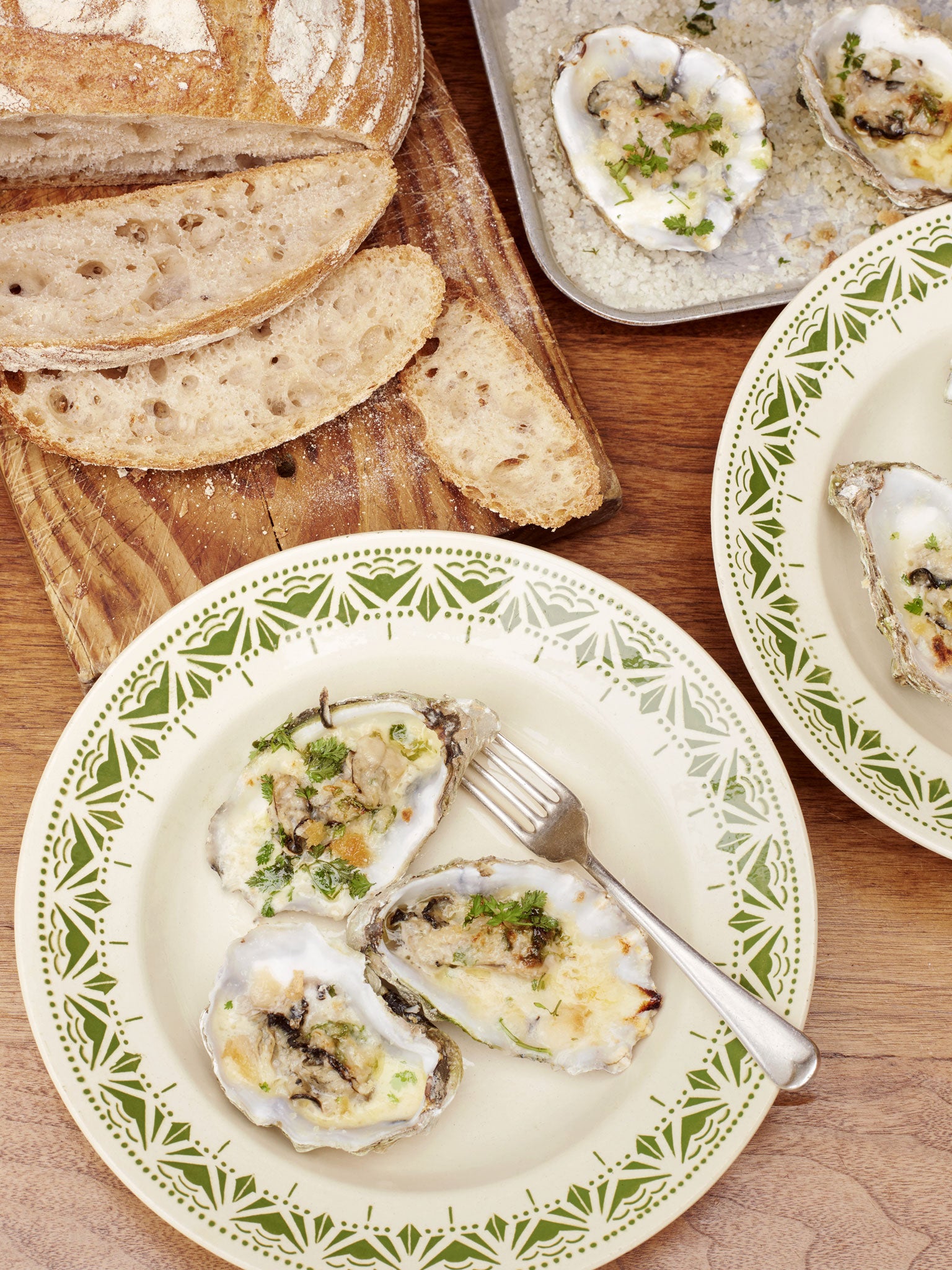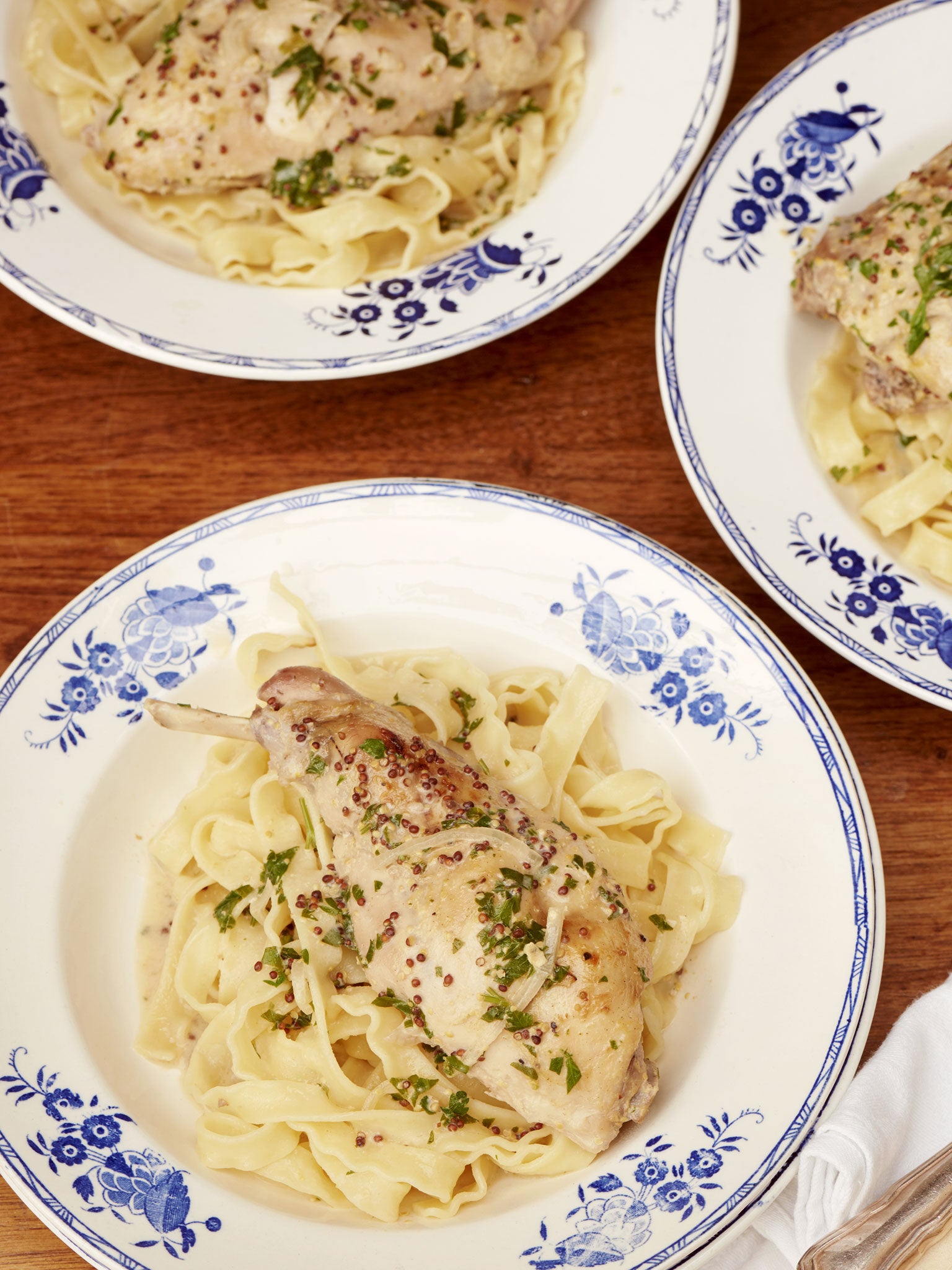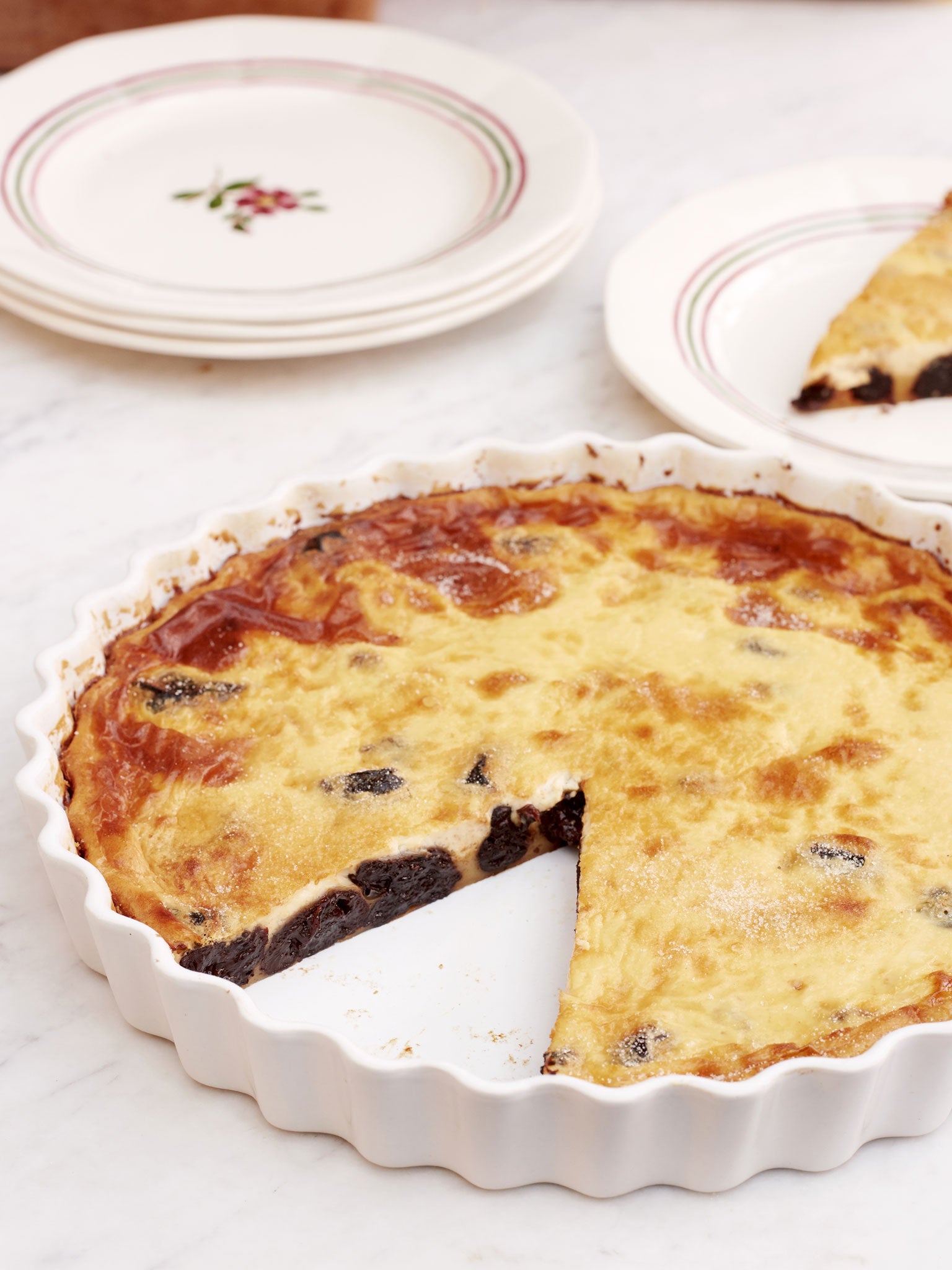Debora Robertson recipes: The revival of 'la cuisine de grand-mère'
French food doesn't have to be fussy. It's about time we fell back into its warm embrace

Your support helps us to tell the story
From reproductive rights to climate change to Big Tech, The Independent is on the ground when the story is developing. Whether it's investigating the financials of Elon Musk's pro-Trump PAC or producing our latest documentary, 'The A Word', which shines a light on the American women fighting for reproductive rights, we know how important it is to parse out the facts from the messaging.
At such a critical moment in US history, we need reporters on the ground. Your donation allows us to keep sending journalists to speak to both sides of the story.
The Independent is trusted by Americans across the entire political spectrum. And unlike many other quality news outlets, we choose not to lock Americans out of our reporting and analysis with paywalls. We believe quality journalism should be available to everyone, paid for by those who can afford it.
Your support makes all the difference.I was at a party recently when a twenty-something man asked me what I like to cook at home. I told him I cook quite a lot of French-inspired food and he looked at me with what can only be described as pity. "Don't you find that a bit… limiting?" The "Grandma" was silent.
After a couple of decades of gleefully tucking into Italian, Spanish and now Scandinavian recipes at home, it seems we've fallen out of love with the cuisine that helped reignite our love of food in the 1950s and 1960s. And the younger crowd never fell in love with it at all, associating it with lengthy preparation and elaborate presentation. Cordon Blah just didn't chime with the Jamie Generation.
But it doesn't have to be that way. I think French food is due for a home-cooking revival. I'm not talking about complicated sauces or reductions, but the sort of easy, soul-feeding world of daubes, gratins, big salads and simple puddings. OK, I concede that the French do call this cuisine de grand-mère.
I've loved France ever since I first went to Paris when I was 10. It was a long way from County Durham. I came home demanding coffee in a bowl for breakfast, into which I would dip a Marks & Spencer croissant, even though I secretly thought it was disgusting.
These days, I spend part of each summer in France. I fall quickly into a lazy routine of market days and brocantes, the good café for breakfast and the best bar for drinks before dinner. The site of all this sunlit indolence is Marseillan, a village port south of Montpellier on the Étang de Thau, a large lagoon where they grow Bouzigues oysters by the tonne. It's also the home of Noilly Prat vermouth. This is about as much as I require of a place to fall head over heels in love with it.
The simple, comforting and uncomplicated recipes here are my own Valentine's Day billets-doux to the country that first made me love to cook, an ode to culinary granny chic.
Debora Robertson is a food writer and editor. She blogs at lickedspoon.com and her book, 'Gifts from the Garden: 100 Gorgeous Homegrown Presents', is published by Kyle Books
Grilled oysters with Noilly Prat, shallots and crème fraîche
I can happily eat raw oysters until I am approximately 80 per cent brine, but I like cooked ones, too. If you can't find chervil, use parsley or leave it out altogether.
Preparation: 15 mins, including opening the oysters
Cooking: 10 mins
Serves 2-4
12 oysters
40g butter
1 banana shallot, finely diced
2 tbsp dry Noilly Prat or other dry vermouth
3 tbsp crème fraîche
1 tsp chopped chervil, optional, plus more for serving
Rock salt, for cooking
15g Parmesan or Gruyère, finely grated
1 tbsp fine breadcrumbs
To serve
Bread, for mopping up the sauce
Start by opening the oysters and reserving the liquid. Lay a folded tea towel on a flat surface and tuck an oyster into the folds, hinge side poking out, flat side up. Hold the shell firmly; cover your hand with the cloth to protect it. Poke an oyster knife into the hinge, giving it a firm wiggle until you feel the shell loosen. Run the knife along the top of the shell to cut through the muscle. Remove the top shell, strain the liquid into a bowl and place the oyster back into the deeper, bottom shell. If you're unsure, there are loads of videos on YouTube to follow. It's a bit like puppy training – be firm, confident and consistent.

Warm the butter over a low heat in a small pan and sauté the shallot for a couple of minutes until softened. Pour in 100ml of the oyster liquid along with the vermouth and simmer until only a few tablespoons of liquid remain. Remove from the heat and stir in the crème fraîche and chervil.
Heat the grill as hot as you can. Place 12 small mounds of rock salt on a baking tray and place an oyster in its shell on each mound, for stability. Spoon some shallot cream over each oyster. Sprinkle on the cheese and breadcrumbs. Grill for a minute or two until bubbling. Garnish with chervil and serve.
Rabbit in mustard sauce
Rabbit is inexpensive and has such good flavour, it's surprising we don't cook it more often – any good butcher should have it. You can make this classic French country dish ahead if you want to, and double or triple it up if you're feeding a crowd. It's very easy and forgiving. Finish off the dish with wholegrain mustard if you like the look of the mustard seeds in the sauce.
Preparation: 10 mins
Cooking: 50 mins
Serves 4
80g Dijon mustard
2 tbsp olive oil
1 rabbit, cut into 8 pieces (get the butcher to do this for you if you don't fancy doing it yourself)
2 banana shallots, halved and thinly sliced
2 sprigs thyme
1 sprig rosemary
1 bay leaf
400ml white wine
120g crème fraîche
Small bunch parsley, tough stalks removed and finely chopped
Salt and freshly ground black pepper
To serve
Buttered noodles and a crisp green salad
Whisk together all but a tablespoon of the mustard, the oil and some black pepper. Brush two-thirds of it over the rabbit. Leave for an hour, then brush with the remaining mixture.
Preheat the oven to 200C/ 180C Fan/Gas 6. Place the shallots, thyme, rosemary and bay leaf in a heatproof casserole and place the meat on top. Roast for 5 minutes. Pour the wine into the dish and continue to roast for 35 to 40 minutes until tender, basting every 10 minutes or so.

Remove from the oven and transfer the rabbit pieces to a roasting tin. Cover with foil and keep warm. Strain the juices into a pan and simmer until thickened slightly. Remove from the heat and stir in the crème fraîche and final tablespoon of mustard. Warm gently with the rabbit and any juices which have accumulated in the roasting tin. Stir in the parsley, season with salt and pepper, and serve with buttered noodles and a crisp green salad.
Millas aux pruneaux
This is a very easy pudding, the kind you can often pull together from what you already have in the kitchen.
Preparation: 10 mins, plus several hours soaking the prunes
Cooking: 45 mins
Serves 6-8
600g pitted prunes
80ml Armagnac or other brandy, or rum
Some butter for greasing the dish
Some flour or cornflour for dusting the dish
3 eggs
50g caster sugar or vanilla sugar, plus 1 tsp
1 tsp vanilla extract
100g cornflour, sifted
Pinch of salt
600ml whole milk
To serve
Double cream, optional

Put the prunes in the brandy to soak for a few hours or overnight.
Preheat the oven to 180C/160C Fan/Gas 4. Lightly butter and flour a 30cm ceramic baking dish and arrange the strained prunes in it in a single layer.
Beat the eggs with the sugar and vanilla extract then fold in the cornflour and salt. Stir in the milk. Pour over the prunes and bake for 45 minutes until golden. Scatter on the remaining teaspoon of caster sugar and leave to cool to room temperature. Either serve on its own or with some double cream.
Join our commenting forum
Join thought-provoking conversations, follow other Independent readers and see their replies
Comments